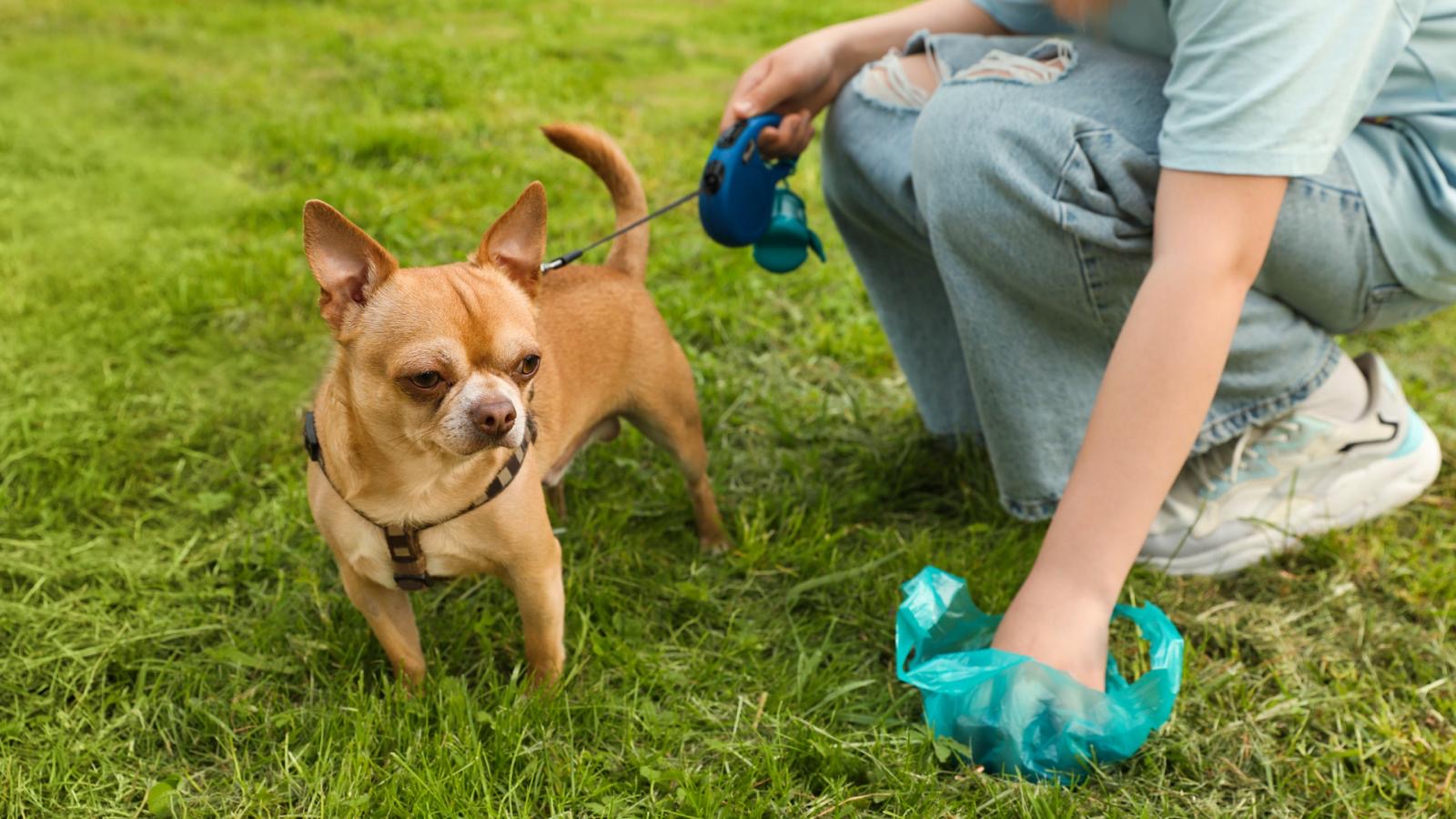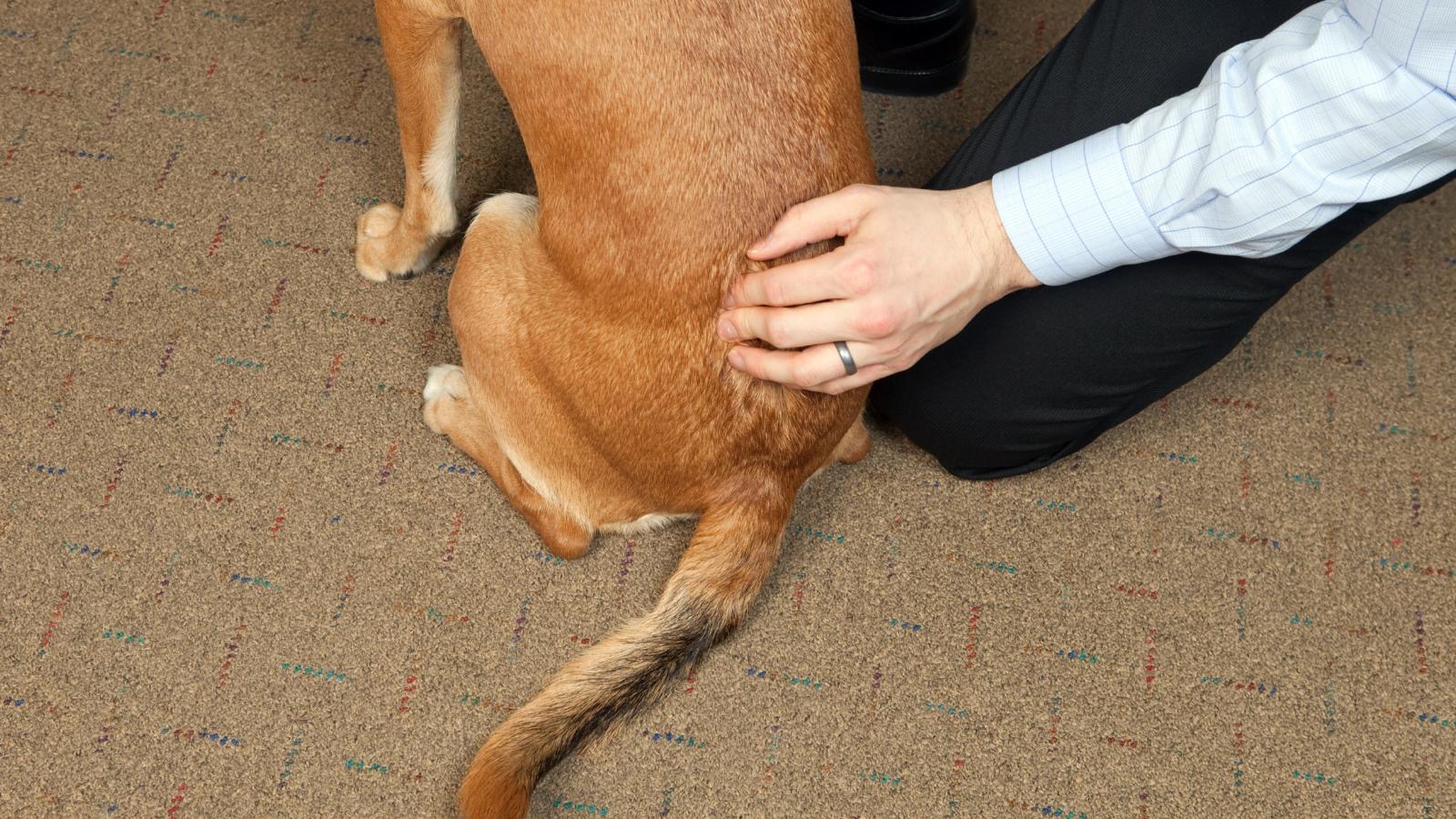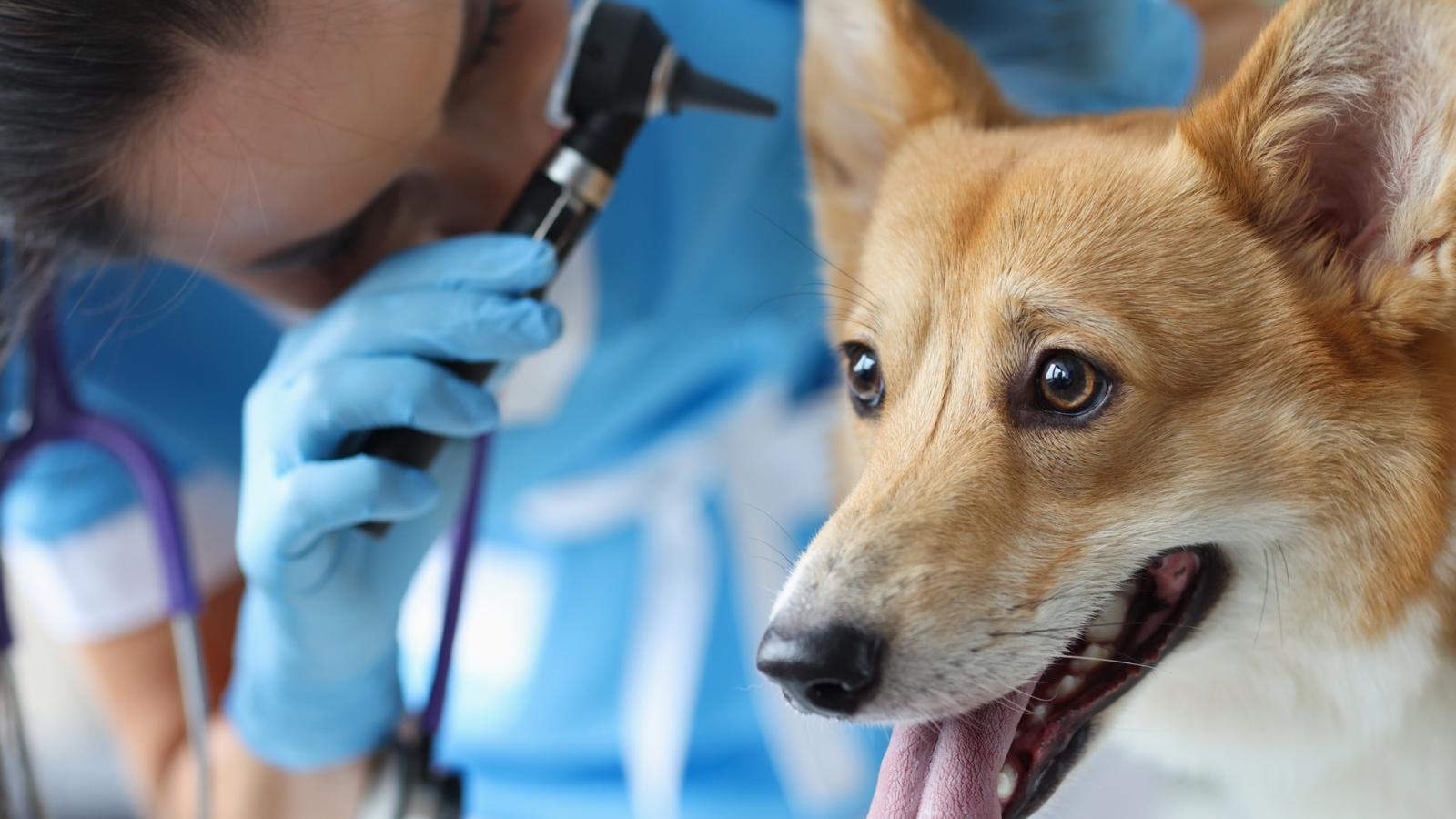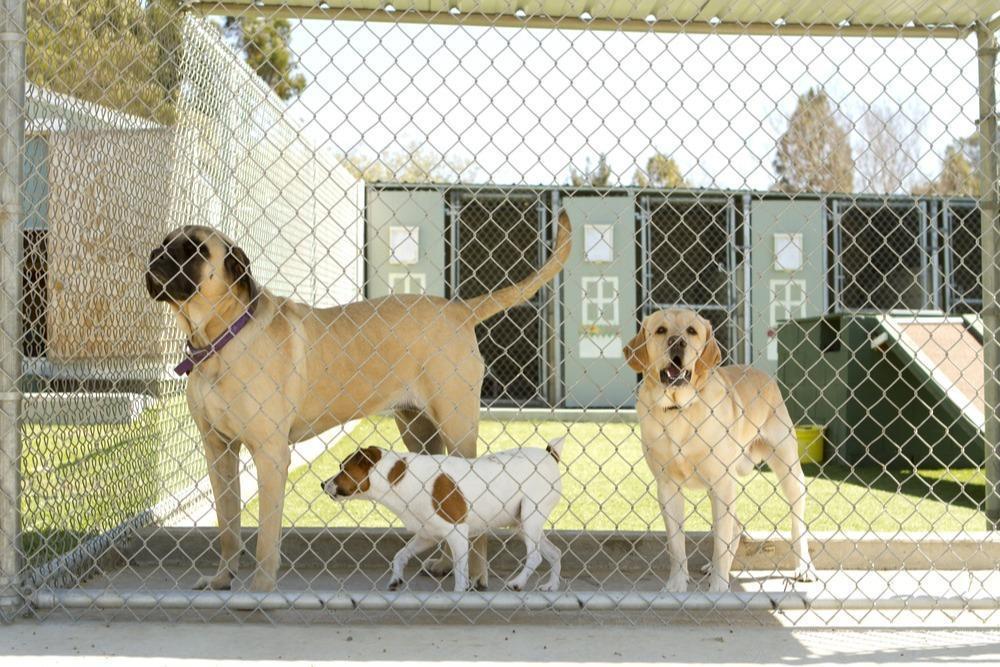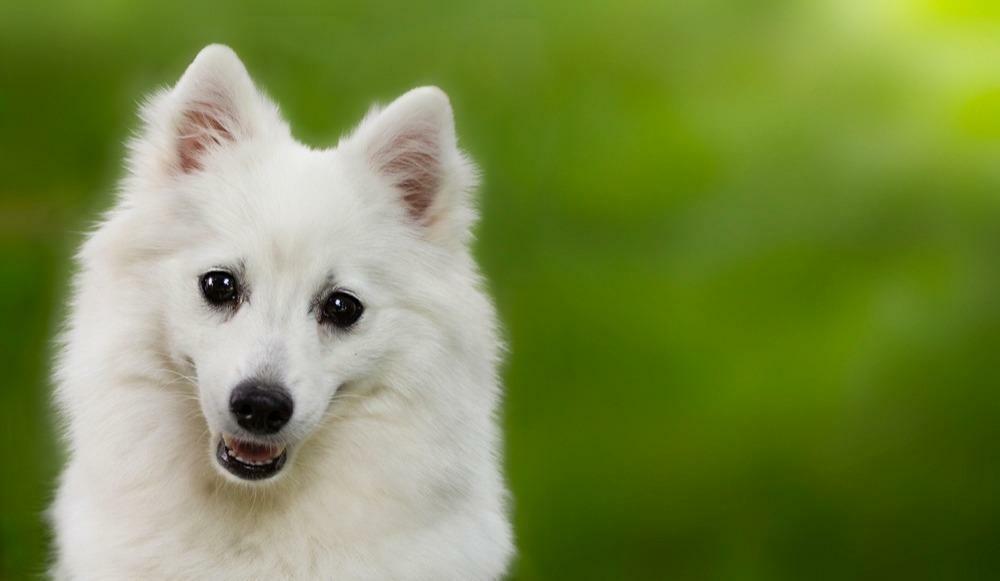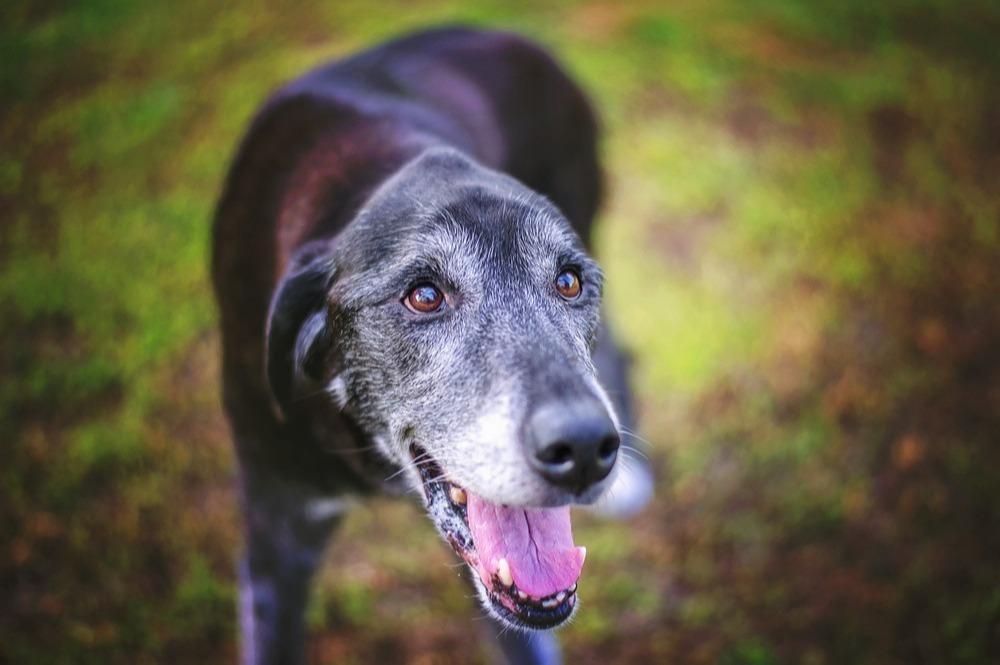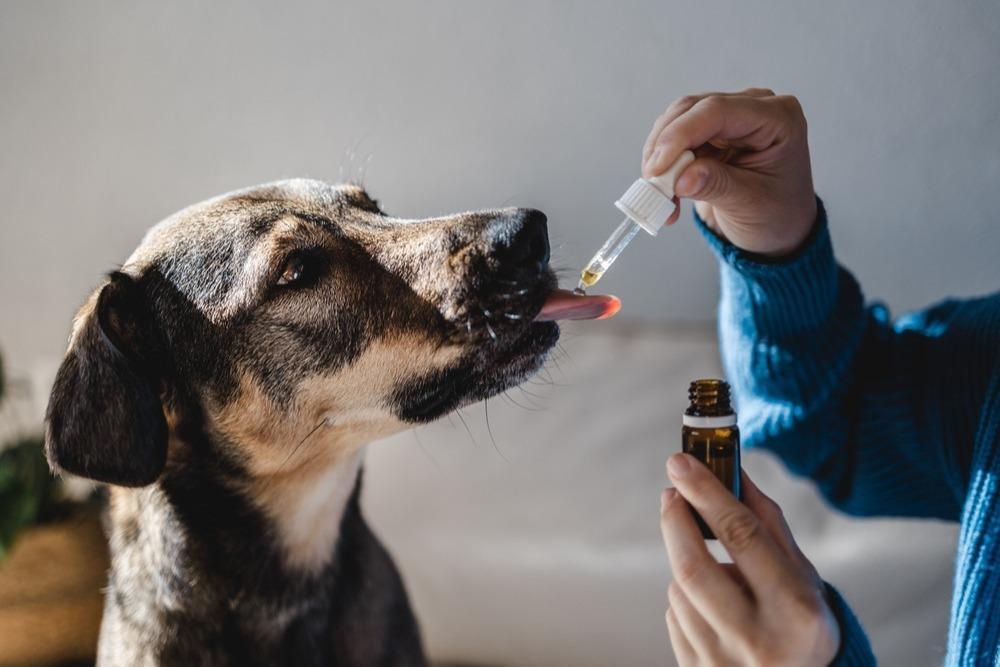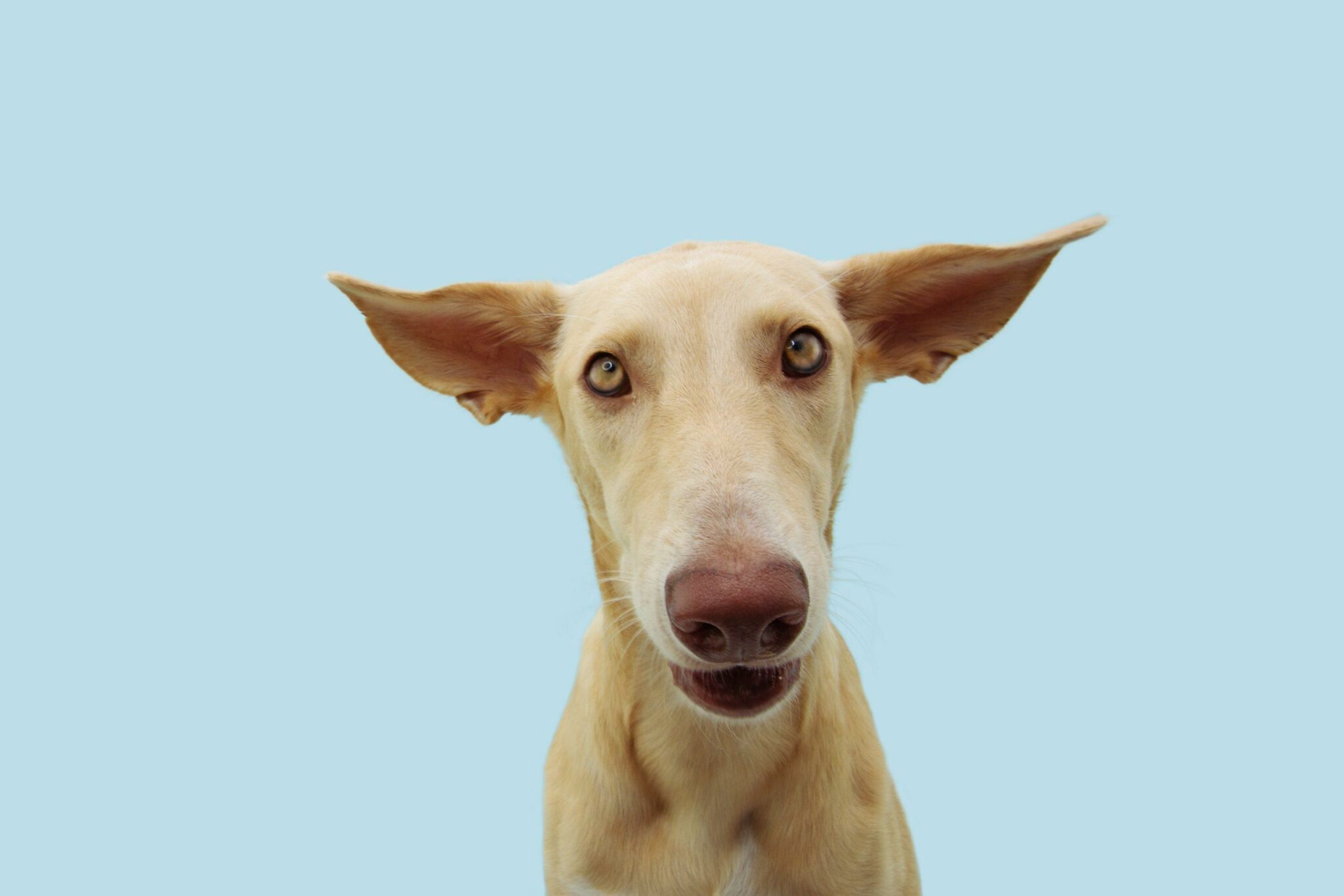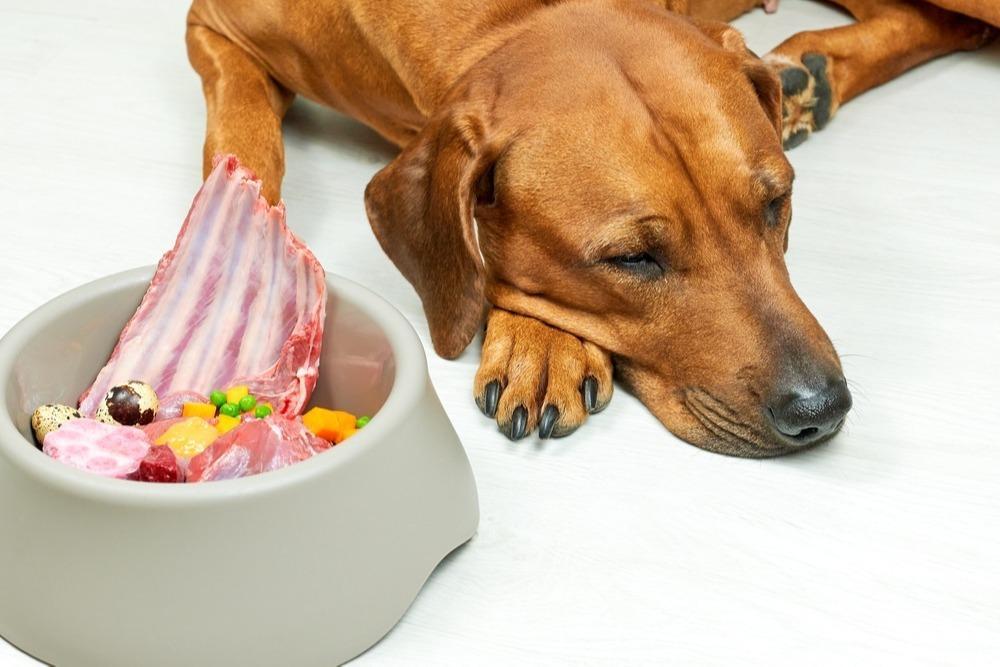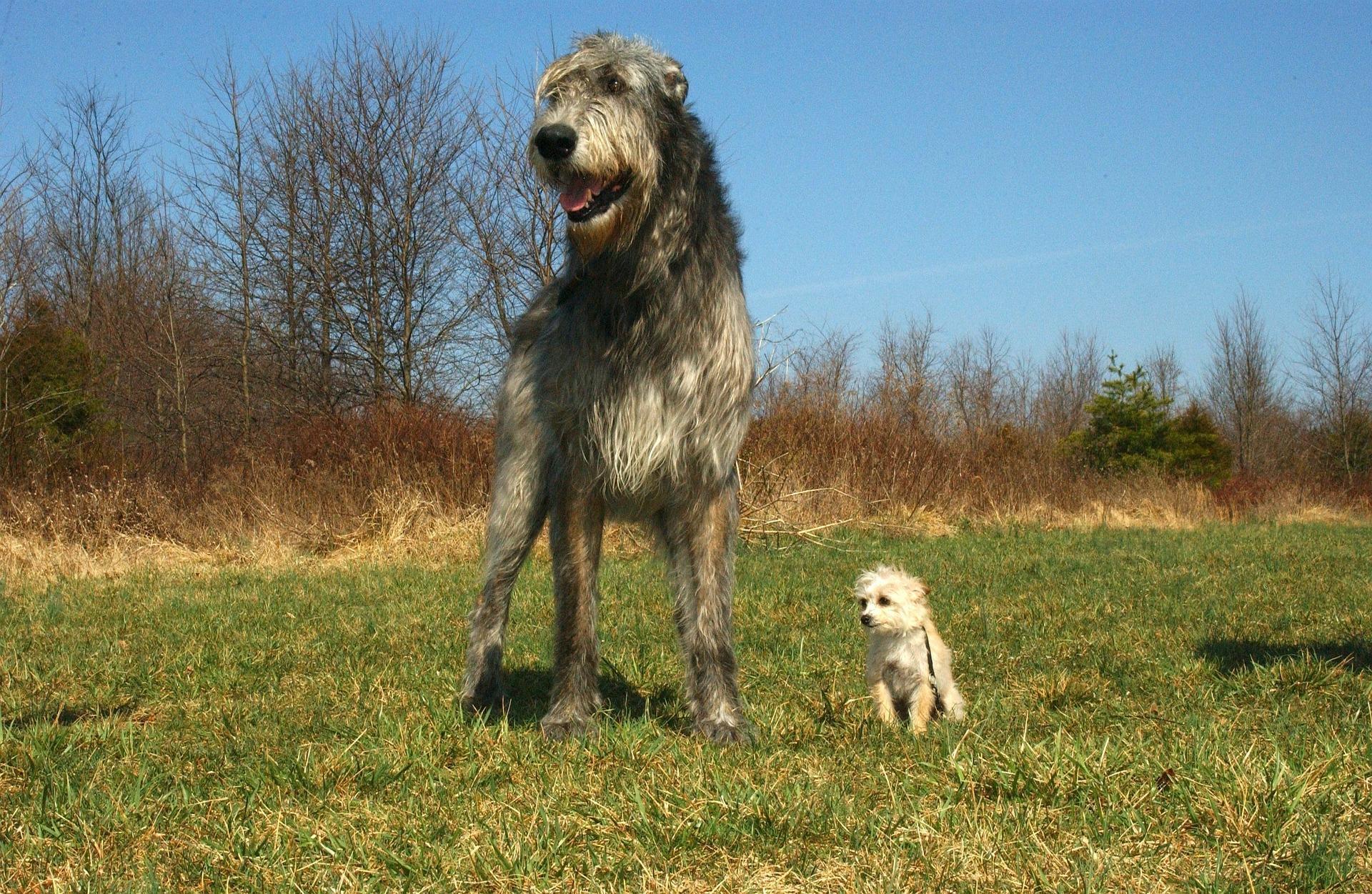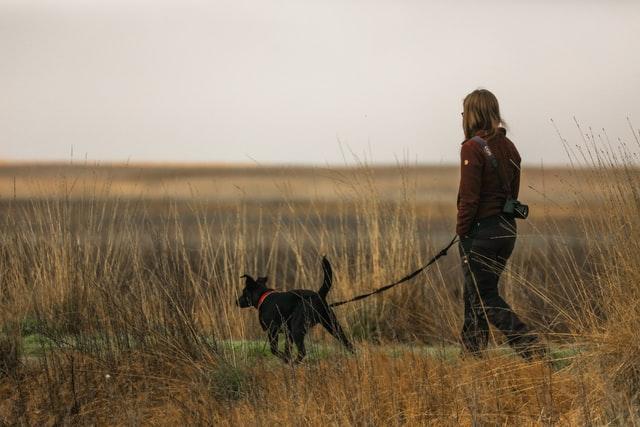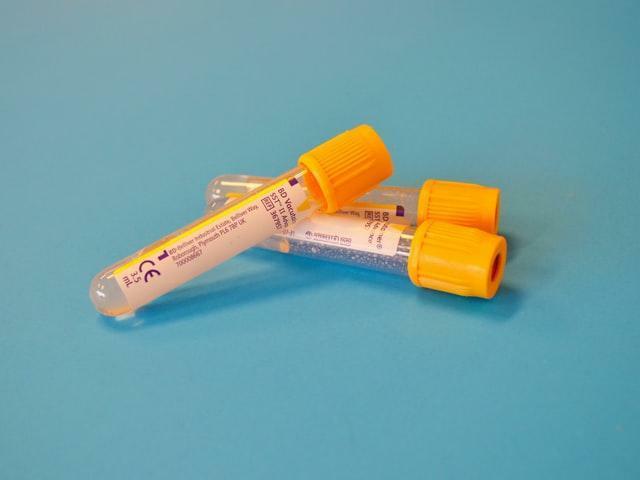Sadly, anxiety is as common in dogs as it is in humans. Anxiety is the body’s normal response to stress; the problem is that our stress response hasn’t evolved with modern life and both us and our dogs often feel overwhelmed.
A stressful situation can bring about a whole cascade of biological responses and it all starts in the brain.
When someone confronts an oncoming danger, the eyes or ears, or both (and parts of the peripheral nervous system) send the information to the amygdala, which is the area of the brain that deals with emotions. The amygdala interprets the images and sounds and sends a message to the hypothalamus.
The hypothalamus is like the command centre. It communicates with the rest of the body through the autonomic nervous system, which controls such involuntary body functions like breathing, blood pressure and heartbeat. It also controls the dilation or constriction of key blood vessels and small airways in the lungs called bronchioles.
The autonomic nervous system is further split into two branches, the sympathetic nervous system and the parasympathetic nervous system.
The sympathetic nervous system functions like a gas pedal in a car and it triggers the fight-or-flight response.
The parasympathetic nervous system is like the brake pedal; it slows everything back down and returns the body to homeostasis, or as we know it, rest and digest.
In cases of anxiety, the sympathetic nervous system remains activated, it’s a form of chronic stress.
So, when tackling anxiety, we need to take the paw off the gas pedal, and firmly place it on the brake. It goes without saying that removing the trigger that causes the stress or anxiety is of paramount importance, but in many cases, like on bonfire night, we can’t remove it in its entirety. In cases of separation anxiety too, we often want to take the edge off the response in order to work through a behavioural programme.
1) Thunder Jackets
These jackets work under the premise that applied pressure calms nervous system function and many owners report success.
A study in the Journal of Veterinary Behaviour explored a range of methods for managing firework fear in dogs with the following efficacy:
- Pressure jackets 44%
- Counterconditioning 70%
- Relaxation training 69%
- Noise CDs 55%
2) Chamomile
Chamomile (
Matricaria recutita) is one of the most widely used herbal remedies in the world. While there are many varieties of chamomile, Roman (A. nobilis) and German (M. recutita) are the most widely used forms. These are members of the Compositae (Asteracae) family.
German chamomile is considered the more potent and is most widely used. It has many medicinal uses including carminative (anti-colic), antiseptic, and anxiolytic.
Chamomile is notorious for its continuous bloom!
Chamomile serves as a safe, general purpose calming herb that doesn’t taste too shabby either. In human tests it has been effective in mild to moderate generalized anxiety disorder.
Findings Here
It can be served as a tea, but is also available as an oil infusion, tincture, salve and ointment.
3) Valerian
Many will recognise valerian for its similar smell to old, dirty socks!
Valerian (
Valeriana officinalis) is commonly used for the treatment of insomnia and anxiety disorders in humans. It has a mechanism of action similar to benzodiazepines; however, instead of binding to the gamma subunit like a benzodiazepine, it appears to bind to the beta subunit on the GABA-A receptor instead. Regardless, it has the same effect on chloride movement into the neuron when the major inhibitory neurotransmitter, GABA, binds to the GABA-A receptor, thereby causing a hyperpolarized state.
In addition, valerian has also been shown to decrease the removal or metabolism of GABA, thereby allowing GABA to stay around longer and do it’s thing.
And as we know, GABA is the brake like neurotransmitter in the body.
Findings Here
Valerian is available in tincture, tea and fresh or dried root.
4) Skullcap
Another herb used for insomnia in humans, it has a similar mechanism of action to Valerian. Skullcap too is thought to be GABAergic. But it is also thought to have an effect on serotonin receptors, which is why it has reported sedative and relaxing effects.
A small, placebo-controlled, double-blind, crossover study of 43 human participants demonstrated that skullcap reduced symptoms of anxiety and depression in some individuals without causing an observable reduction in energy or cognition.
In both cats and dogs, skullcap has been effective in generous nervousness and excitability and in any condition where there is oversensitivity in the nervous system.
Skullcap is usually found in dried herb or tincture form.
5) St John’s Wort
St. John’s Wort (
Hypericum perforatum) is an herbal medication that consists of anthraquinones, which have displayed anti-inflammatory and anti-cancer effects. It has also been used as an antidepressant in humans. It derives from a flowering plant found in Europe and Asia. It is usually found in capsule, tea, or liquid extract.
It is thought that St. John’s Wort acts as a serotonin reuptake inhibitor. This works to reduce the uptake of serotonin at neuronal synapses, as well as dopamine and norepinephrine.
One of the primary adverse effects is the risk of an increase in serotonin when combined with certain antidepressants and the inhibition of monoamine oxidase. Be cautious of signs including tachycardia, increased blood pressure and mydriasis. There may also be a fever.
It is however, often used in dogs with fear-based or separation anxiety.
The introduction of any new supplement or herb is always done best under the guidance of a practitioner.
If your dog suffers with anxiety, it’s crucial to work within a behaviour programme to tackle key triggers. However, there can also be a multi-modal approach and our services may be of use.
Please take a look under our “what we offer” tab!
Thanks for reading,
Team MPN x


